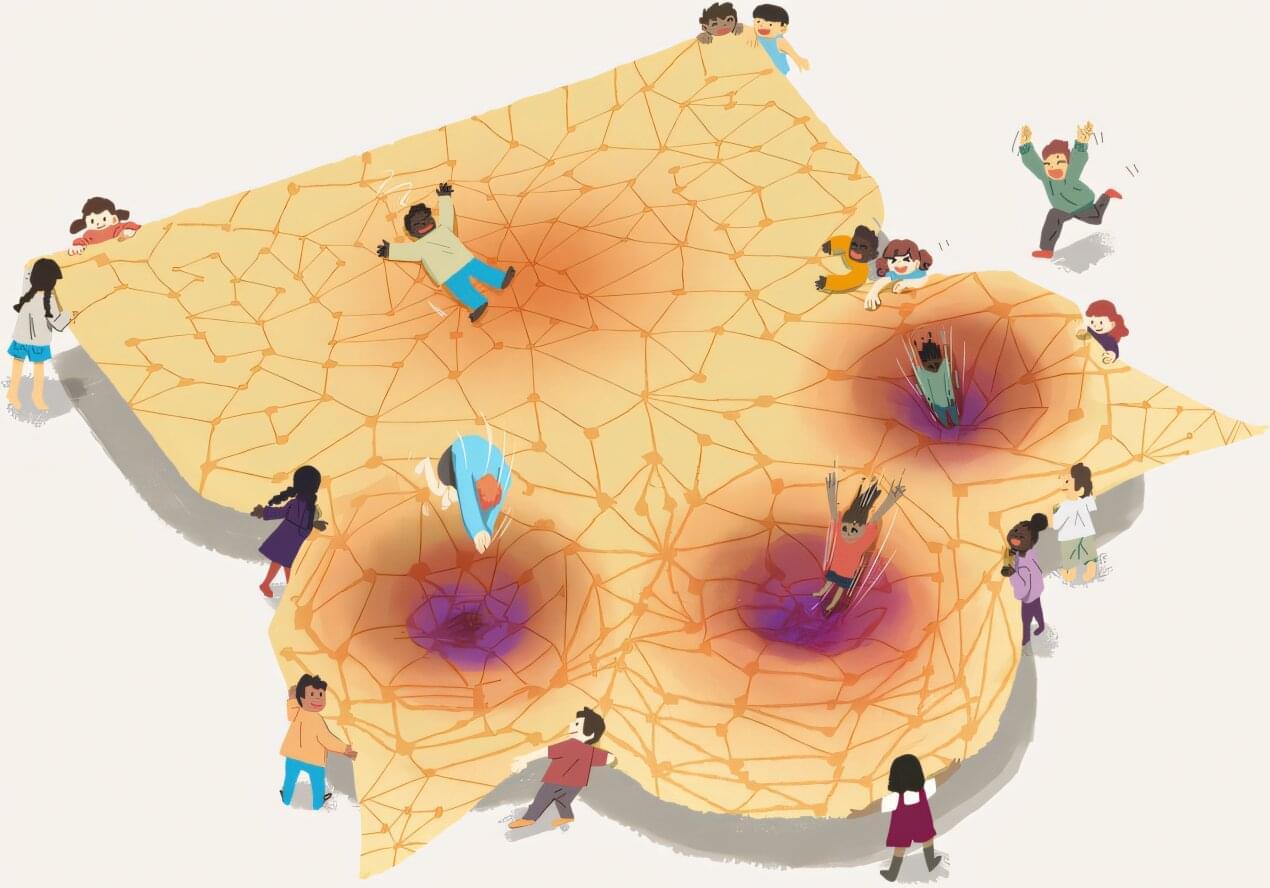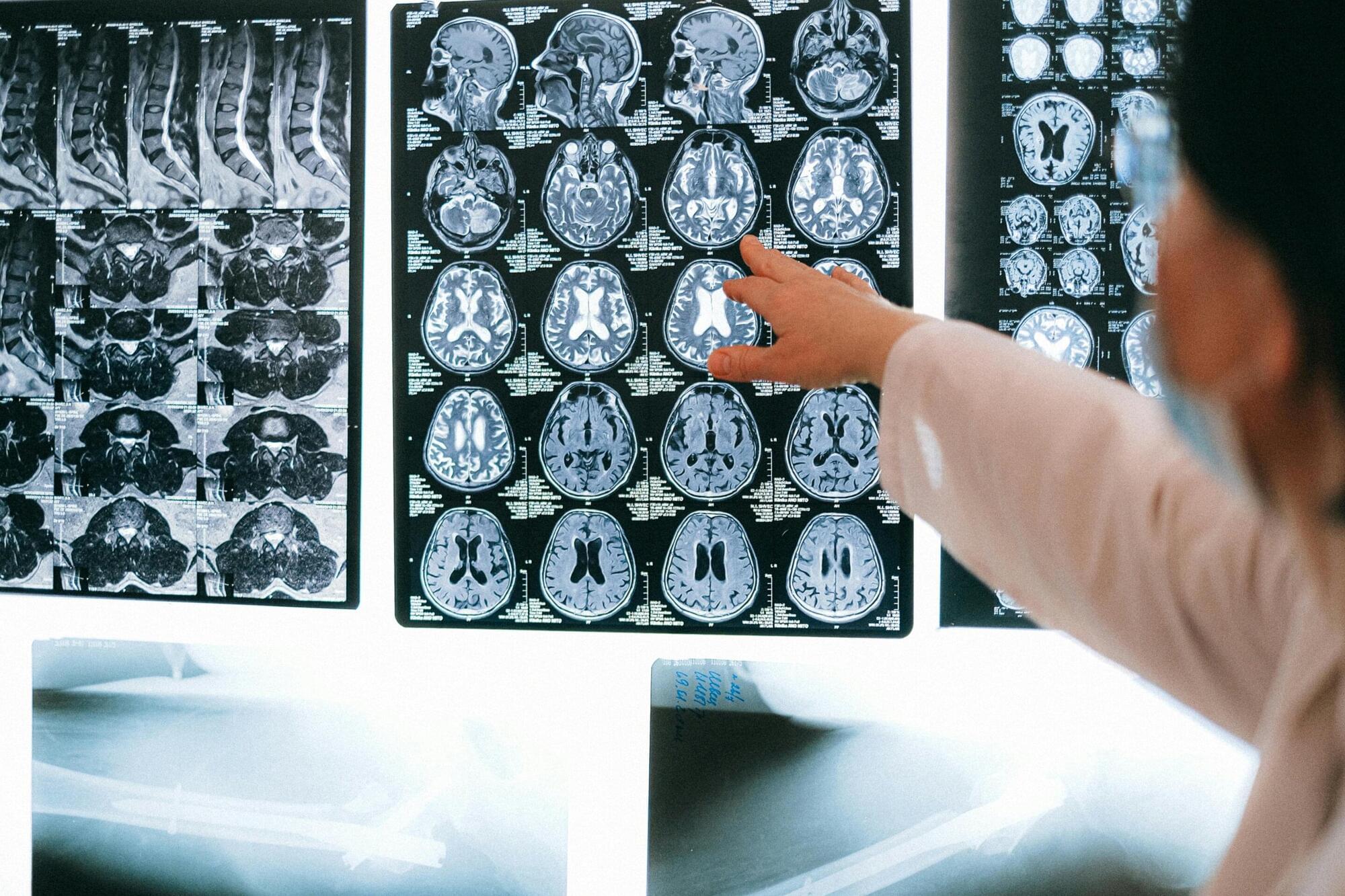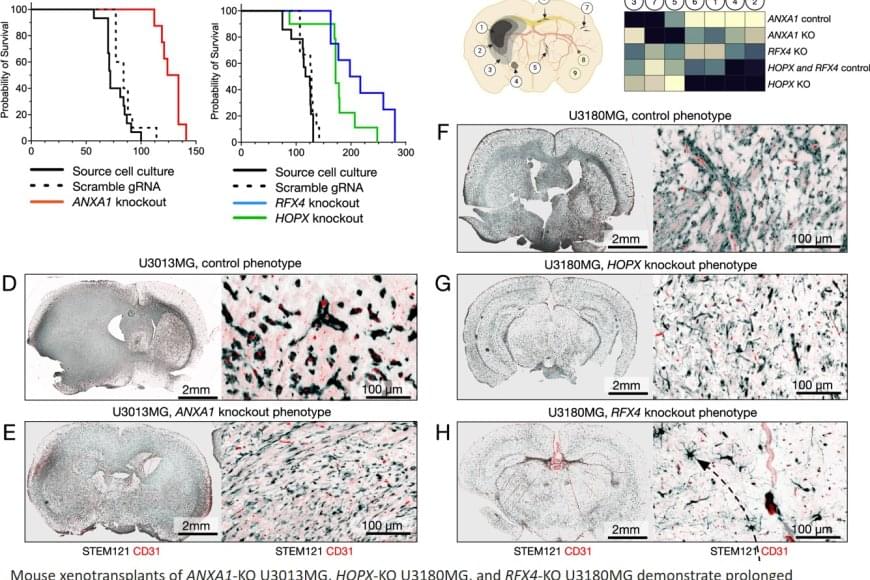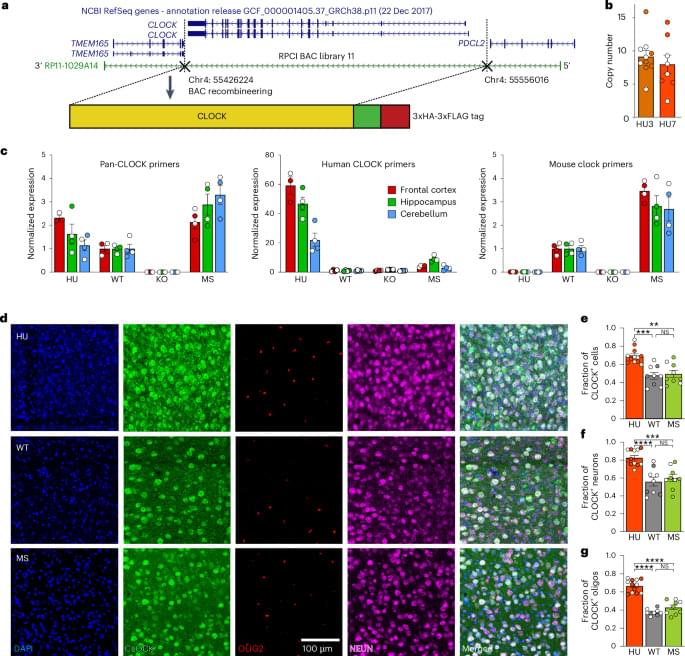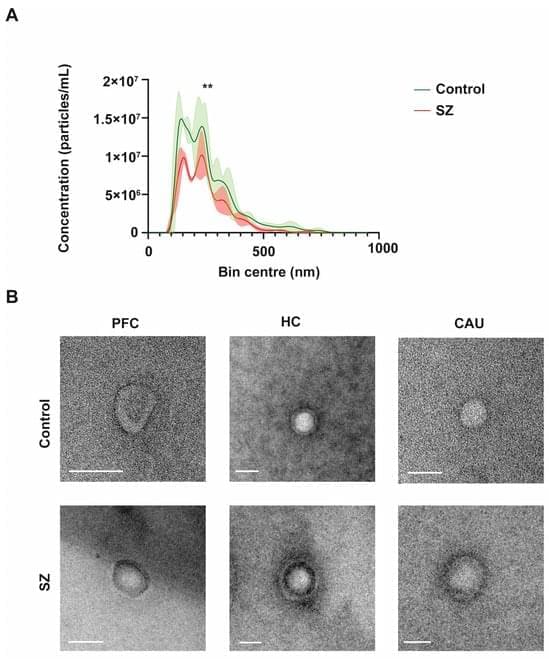A new international study has introduced Curved Neural Networks—a new type of AI memory architecture inspired by ideas from geometry. The study shows that bending the “space” in which AI “thinks” can create explosive memory recall—an effect similar to a lightbulb moment in the human brain. The research opens new paths for brain-inspired computing, neuroscience, and even next-gen robotics, offering tools to better understand memory itself.
What if artificial intelligence could remember things not just well, but faster or more reliably? A new international study has introduced a novel type of AI memory —one that addresses the challenge not with more data, but with geometry.
A team of researchers from the Basque Center for Applied Mathematics (BCAM), Araya Inc., the University of Sussex, and Kyoto University has developed a new class of AI models called Curved Neural Networks.
